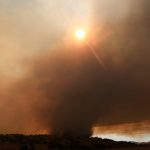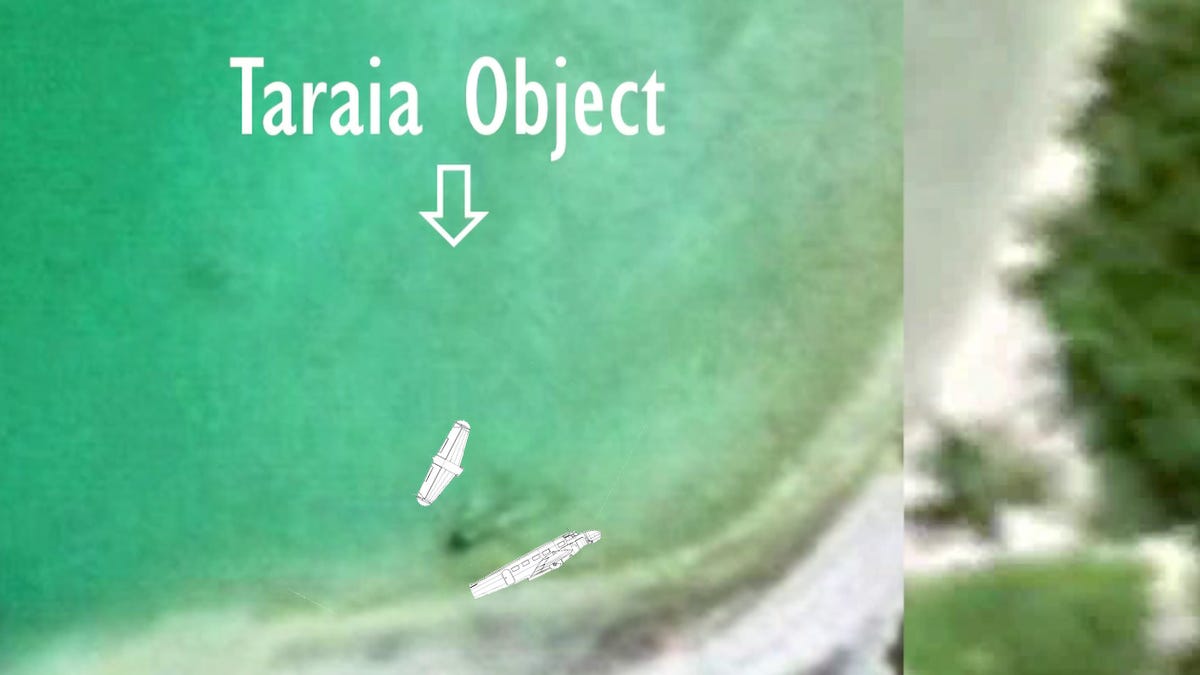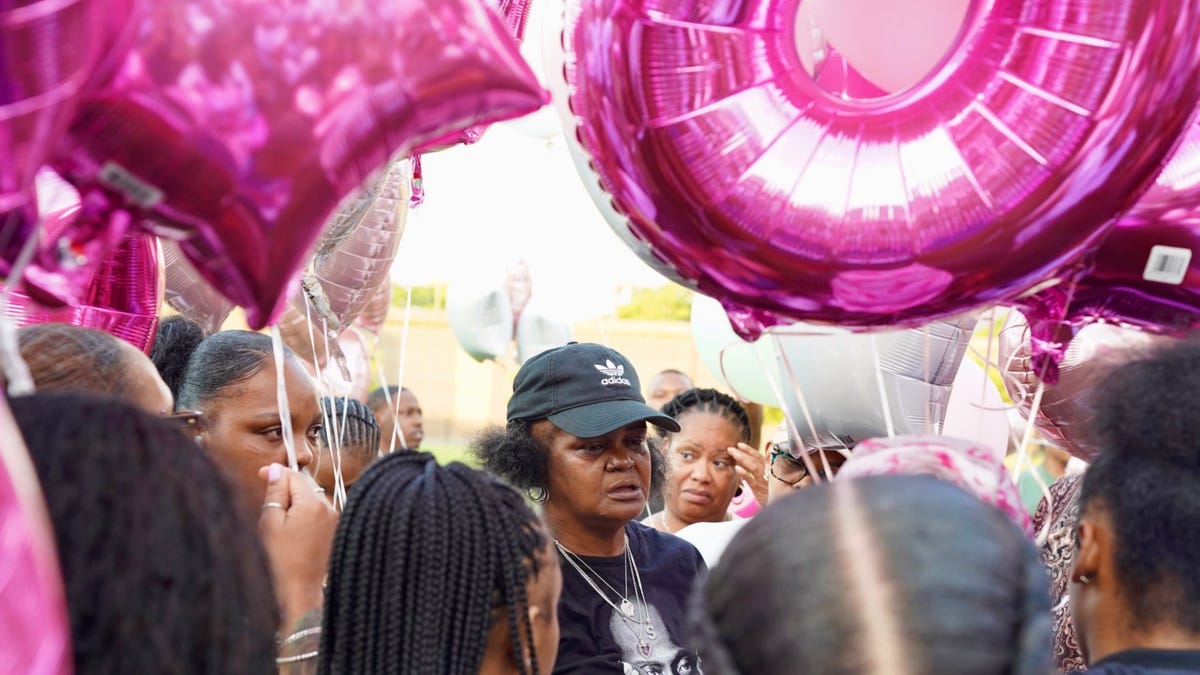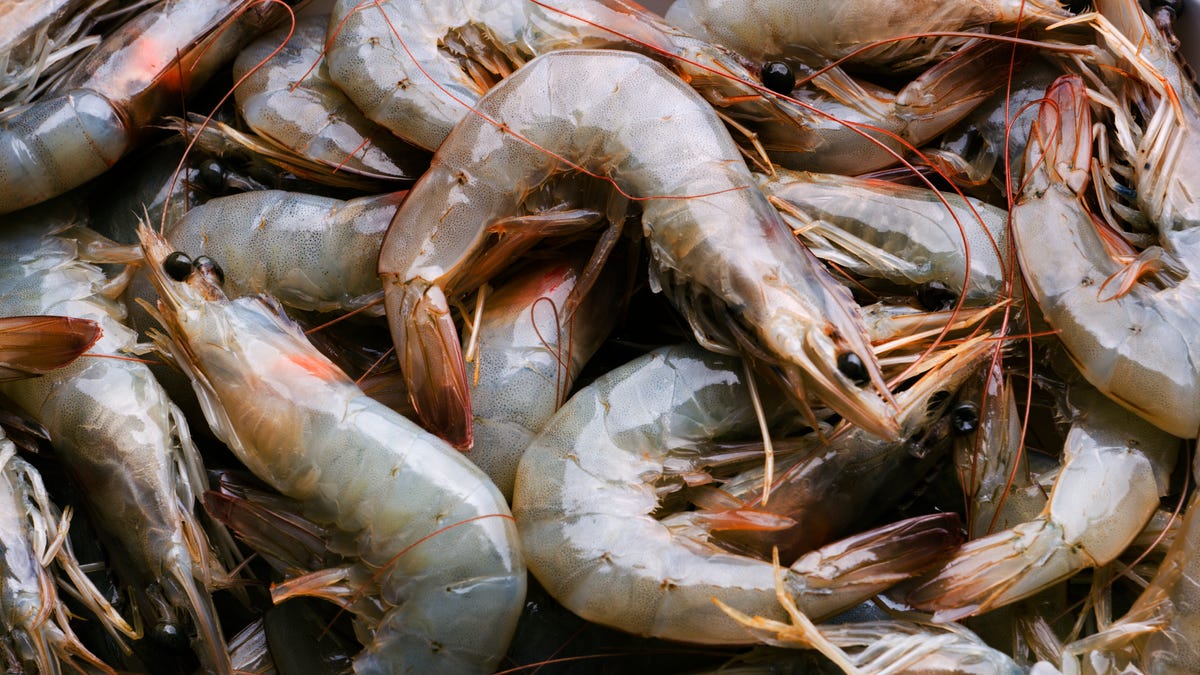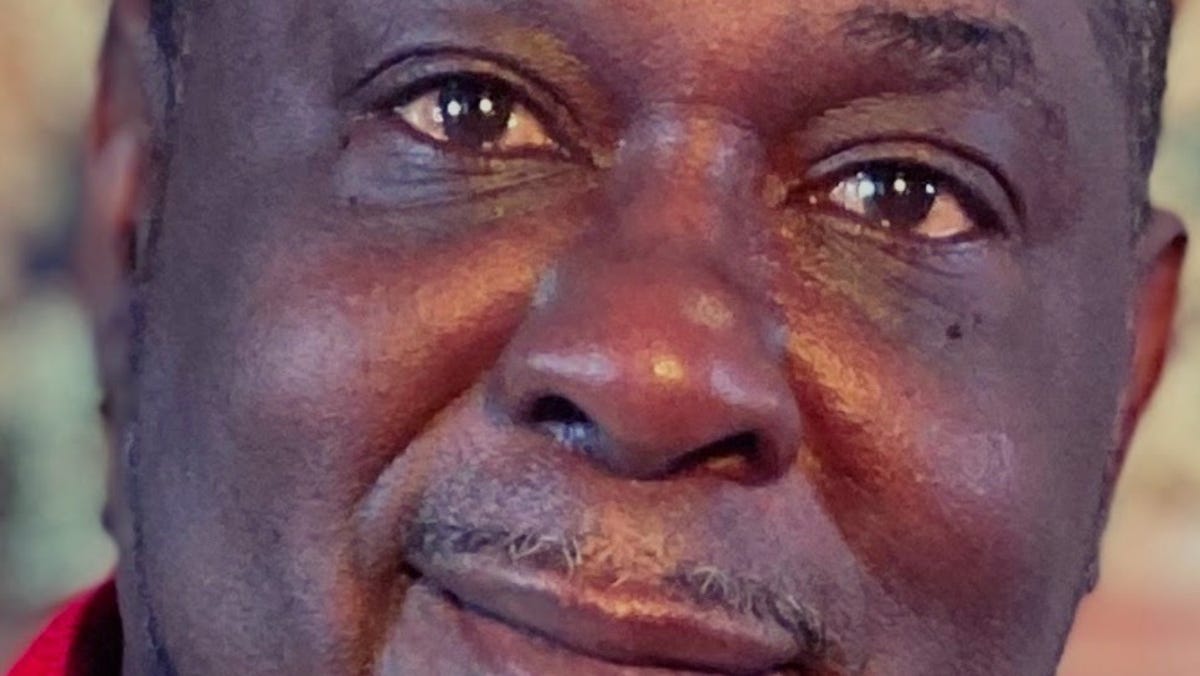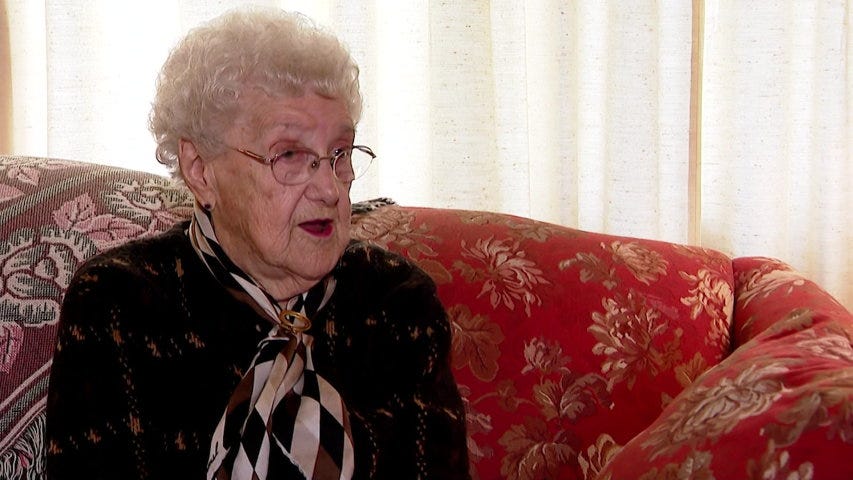
Easton woman who flew with Amelia Earhart dies at the age of 103
The Easton woman who flew with Amelia Earhart, Anne Fiyalka, was 103 years old. She lived an amazing life in Bridgeport and Easton.
News 12
After nearly a century, the disappearance of Amelia Earhart while she was attempting to fly around the world remains one of the greatest unsolved mysteries of the 20th century.
For decades, many top-dollar expeditions have attempted to locate Earhart’s Lockheed Electra 10E airplane to no avail despite great advancements in technology. But a new expedition may just be what one official described as the “greatest opportunity ever” to finally bookend the enduring mystery.
On Wednesday, the Purdue Research Foundation and the Archaeological Legacy Institute announced a joint-effort to locate Earhart’s plane in a lagoon off a Pacific island between Australia and Hawaii, where a popular theory suggests Earhart and her navigator, Fred Noonan, may have landed on May 20, 1937.
A field team of researchers on Nov. 5 will journey by sea to the island Nikumaroro, part of the Phoenix Islands in the western Pacific Ocean, to determine whether a visual anomaly known as the “Taraia Object,” seen in satellite and other imagery in the island’s lagoon, is what remains of Earhart’s plane.
The effort is the latest to try and confirm whether an object captured in satellite or sonar imaging is the missing plane. Last year, an ocean exploration company conducted a deep-sea search within 100 miles of Howland Island, where Earhart and Noonan were last expected to land, after spotting what they believed to be the wreckage of the Electra 10E. It turned out to be a rock formation.
But the search team conducting the upcoming expedition on Nikumaroro say they’re optimistic, citing a “vast amount of circumstantial evidence” indicating the “Taraia Object” may just be the long lost aircraft.
“With such a great amount of very strong evidence, we feel we have no choice but to move forward and hopefully return with proof,” said Richard Pettigrew, Archaeological Legacy Institute’s executive director, in a statement. “I look forward to collaborating with Purdue Research Foundation in writing the final chapter in Amelia Earhart’s remarkable life story.”
Evidence suggests Earhart landed on Nikumaroro, researchers say
The organizers of the expedition have pointed to the long-running theory that Earhart and Noonan did not crash into the ocean but instead landed on the uninhabited of Nikumaroro and later perished there.
Evidence of this theory includes radio bearings that converge on Nikumaroro, an analysis of human bones discovered on the island that are similar to Earhart’s bone-lengths, and a number of artifacts including a woman’s shoe, a compact case and a medicine vial that have also been discovered there, according to the Purdue Research Foundation.
Additionally, a photographic anomaly captured three months after the plane vanished in 1937 appears to show a landing gear on the Nikumaroro reef. More recently in 2020, researchers managed to again spot the “Taraia Object,” which has been in the same place on the island’s lagoon since 1938.
For nearly a century, Earhart’s disappearance has been subject to a wide variety of theories, the most widely accepted explanation being that Earhart and Noonan ran out of fuel and crashed in the ocean. Some of the more implausible and disputed theories posit that the flight was part of a secret spy mission, that Earhart assumed another identity or that Earhart and Noonan were captured by a foreign government.
The International Group for Historic Aircraft Recovery, a nonprofit organization based in Pennsylvania, is responsible for collecting much of the evidence supporting the Nikumaroro hypothesis.
The upcoming expedition will depart from Majuro in the Marshall Islands on Nov. 5 and spend five days on Nikumaroro inspecting the “Taraia Object,” according to the Purdue Research Foundation. If the initial expedition proves successful, the field team plans to return in 2026 to uncover and help return what remains of Earhart’s plane, the foundation said.
Who was Amelia Earhart?
Earhart was born in Atchison, Kansas, on July 24, 1897. She rode in an airplane for the first time in 1920 and soon began taking flying lessons. Within a year, she obtained a pilot’s license and went on to set a women’s altitude record, reaching the height of 14,000 feet in October 1922.
A decade later, she became the first woman to fly solo across the Atlantic Ocean, journeying from Newfoundland to Northern Ireland. She then ventured on a solo flight across the United States.
It was in 1936 that she began planning her most ambitious journey yet – a flight around the world.
According to the Purdue Research Foundation, Earhart, who was a visiting adviser and counselor at the university, had prepared for the historic trip with the help of Purdue’s then-president Edward Elliott. The university’s research foundation also helped fund the Lockheed Electra 10E plane that was specifically outfitted for Earhart’s global trip.
Earhart had intended to give the plane to Purdue after her historic flight so it could be used to further scientific research in aeronautics, the foundation said.
Amelia Earhart’s final flight
Earhart and Noonan departed from Oakland, California, on May 20, 1937. According to the International Group for Historic Aircraft Recovery, they made 29 additional stops, including their last known refuel stop in Lae, Papua New Guinea, on July 2 at 10 a.m.
Nearing the end of their historic trip, Earhart and Noonan were due on Howland Island – about 2,500 miles away from Lae and set between Australia and Hawaii – where U.S. Coast Guard cutter Itasca was waiting with fuel.
Itasca received intermittent voice messages from Earhart as her signal increased. But neither Earhart nor Noonan knew Morse code, so there was no two-way contact, according to the Smithsonian Institute’s analysis of government records.
After losing contact, the Navy and Coast Guard searched about 250,000 square miles of ocean in search of Earhart and Noonan. On Jan. 5, 1939, they were declared legally dead.
Now, with the joint expedition on the horizon, university leaders and researchers are hopeful they’ll be able to definitively answer the question, “What happened to Amelia Earhart?”
“Based on the evidence, we agree with (Archaeological Legacy Institute) that this expedition offers the best chance not only to solve perhaps the greatest mystery of the 20th century, but also to fulfill Amelia’s wishes and bring the Electra home,” said Steven Schultz, senior vice president and general counsel of Purdue University.
Contributing: Jillian Ellison, Lafayette Journal & Courier; Clare Mulroy and Samantha Shafiq, USA TODAY

